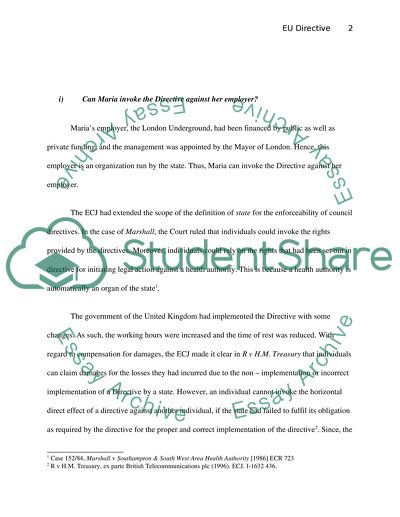Cite this document
(Drivers Working Hours Directive Essay Example | Topics and Well Written Essays - 2250 words, n.d.)
Drivers Working Hours Directive Essay Example | Topics and Well Written Essays - 2250 words. https://studentshare.org/law/1546566-directives
Drivers Working Hours Directive Essay Example | Topics and Well Written Essays - 2250 words. https://studentshare.org/law/1546566-directives
(Drivers Working Hours Directive Essay Example | Topics and Well Written Essays - 2250 Words)
Drivers Working Hours Directive Essay Example | Topics and Well Written Essays - 2250 Words. https://studentshare.org/law/1546566-directives.
Drivers Working Hours Directive Essay Example | Topics and Well Written Essays - 2250 Words. https://studentshare.org/law/1546566-directives.
“Drivers Working Hours Directive Essay Example | Topics and Well Written Essays - 2250 Words”. https://studentshare.org/law/1546566-directives.


